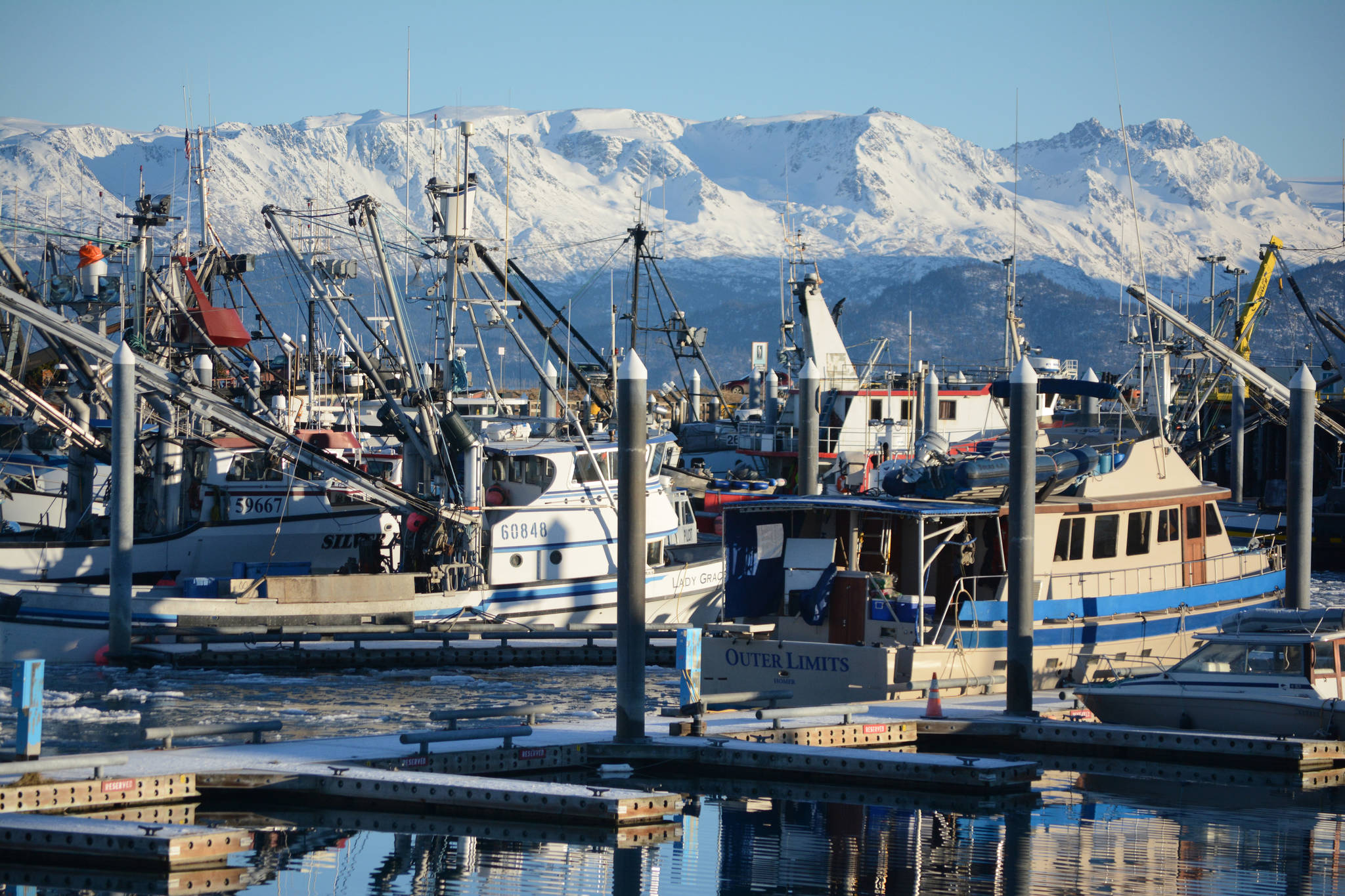The Bristol Bay salmon run was well above the 20-year average for yet another year for sockeye, but a poor king salmon run led to closures.
Small fish sizes were also noted for another year.
The sockeye run once again came in well above forecast, 32% over the projection, and was the largest on record at 66.1 million fish.
The commercial harvest was also above the preseason forecast by 11%, with 40.4 million fish caught, making it the fifth largest on record.
While the ex-vessel value didn’t quite keep up, it ranked fourth in the past 20 years at $247.7 million and was 64% above the 20-year average.
There was no directed fishery for king salmon in Bristol Bay, so fish caught were incidental to the sockeye fishery. Closures due to the poor return fell largely on the Nushugak district, which is the main contributor to the run.
Alaska Department of Fish and Game Area Management Biologist for Bristol Bay, Tim Sands, said that the restrictions were early in the season.
“We fished less early on,” he said, adding that the management plan calls for 100,000 sockeye to be projected to pass the Wood River weir, where the bulk of the Nushugak run passes by, before commercial openings can happen in the district if the king salmon escapement is behind the curve, which was the case this year.
He said that the management plan was written in the 1990s, when the Nushugak River was a weaker sockeye stock than the Wood River, so this year waiting to get that 100,000 sockeyes past the Wood River tower to protect the king run resulted in a lot of unharvested sockeye.
“There was no mechanism in the management plan to fish on those Nushugak sockeye,” he said.
He also said that up until the past five or so years the concern has not only been about getting enough Nushugak king salmon upriver, but also about getting enough Nushugak sockeye.
“Since 2017 the disparity has not been as much” between the two runs, Sands said. “We’re fortunate, we’ve had massive runs (for sockeye), but the king runs are down statewide, and when you have that many more sockeye, you have to fish harder to control the sockeye runs, and it results in incidental harvest of kings.”
He said their management efforts worked; the lower end of the escapement goal for Nushugak kings was reached.
Smaller salmon sizes are also a concern, with a recent study by Nature Communications showing that Bristol Bay sockeye are roughly one pound smaller on average than the 20-year average, which means that while in numbers of fish caught, poundage this year will be the smallest since 2014.
Cristy Fry can be reached at realist468@gmail.com



